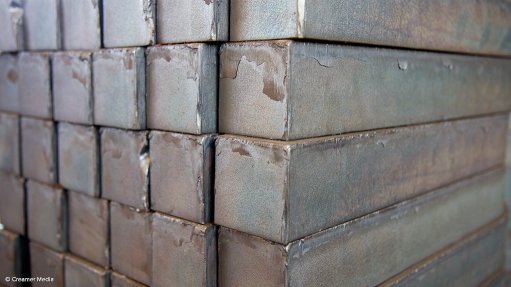
The World Steel Association’s (worldsteel’s) 2016 edition of ‘Sustainable Steel – Policy and Indicators’, has shown only slight declines in the global steel industry’s sustainable development performance.
Reporting is voluntary and, in 2015, 159 companies worldwide participated in the study, up from 42 in 2004.
Under its environmental sustainability indicator, preliminary data showed that the industry’s greenhouse-gas emissions remained unchanged, with 1.9 t of carbon dioxide emitted for every tonne of steel produced.
Material efficiency slipped by 0.2%, with recovery and use of by-products in the industry falling from 97.5% to 97.3%.
However, this was a slight improvement from 2013’s 96.4%.
Energy intensity in industry also increased slightly, from 20.2 GJ/t of crude steel cast in 2015, to 20.3 GJ/t this year. But, said worldsteel, since 1960, the most energy efficient steel companies have reduced their energy consumption per tonne of steel by 60%.
Under environmental management systems (EMSes), the global industry saw a 11.5% increase in employees and contractors working in EMS-registered production facilities since 2005. This was, however, 0.4% lower than in 2014.
Under the economic sustainability indicator, 2015 saw a 71% increase in investment since 2014, with investment in new processes and products representing 12.6% of revenue.
Economic value distributed was 98.1% of industry revenue, up from 96.6% in 2014.
Worldsteel director-general Dr Edwin Basson commented that although the organisation commended the progress, industry was at no risk of becoming complacent. “We will continue to champion the sustainable development of our industry and encourage wider participation among our member companies.”